
‘Trans girls writing about Greer Lankton’s art have a tendency to make her work about themselves. It’s a sentiment I encounter often as I’m researching her life, and it’s certainly true that trans women are often accused of rewriting our saints to fit our pet theories.
‘That’s not to say that she made it easy for others to rewrite her story. Lankton was a wickedly talented trans woman artist who created life-size dolls based on cult figures such as Candy Darling, Jackie Kennedy and Divine. “It’s amazing how well she documented her life. I think she did that knowing that she wanted people to know who she was and to be remembered,” says Sarah Hallett, an archivist at Mattress Factory, a Pittsburgh gallery that houses a significant archive of Lankton’s work. “I think that’s one of the most powerful things about [our] archive. It really continues for her to tell her story the way she wanted to tell it.”
‘Lankton’s interest in art was piqued early. She was born in 1958 and grew up in the U.S. Midwest. She was a sissy, crafting her own dolls at a young age. At her peak, she was featured in groundbreaking exhibitions like New York/New Wave at MoMA PS1, alongside Jean-Michel Basquiat, Robert Mapplethorpe and Keith Haring. But her work is still widely unknown among wider, cis audiences. Largely ignored by mainstream art critics, Lankton’s story has fallen on fellow trans women and archivists to tell.
‘Trans women rarely control their artistic legacies. Lankton’s parents, trans women, celebrity admirers and ex-lovers all paint their own picture of her life. Each storyteller owns the Greer they knew, but it’s impossible to paint a full picture of the raucous, beautiful, filthy artist without exploring her paradoxes. Her complexity is most clear in the way she talked about her sex change.
‘“Well, see, I always have the identity of being a transsexual,” she began in a 1995 interview with museum curator Carmen Vendelin, “I have all these arguments with transsexuals about this because there’s a whole school of thought that you should just forget you were a boy … there’s this other school of thought where you accept the fact that … you’re not really a woman, but in your daily life you pretty much act like a woman and do what women do, but deep inside you know; you don’t forget that you used to be a boy … I can’t actually say that I am a woman.”
‘In the same interview she recounted a nervous breakdown that led to a “horrible” hospitalization where she was put on Thorazine and told to make a choice at 21: “Be gay, or become a girl.” Lankton dubbed her surgery “the Kmart of sex-change operations.” She had just completed a few years of art school in Chicago and was about to move to New York.
‘In interviews, Monroe has stated he believes this ultimatum was made by Lankton’s mother. According to Monroe, her mother wanted “a solution,” while her father never said a word. “How could he not stop her?” Monroe recalled Lankton saying of her father’s silence. “Just lately, I’ve started thinking he didn’t protect me.”
‘When I spoke with Lankton’s artistic mentee, Jojo Baby, they told a similar story. “Her parents gave her an ultimatum one summer. They said either you get a job or you get a sex change and she’s like, ‘I hate to work, so I got the sex change’… it was performed wrong and she never could be penetrated. She said that she always looked for boys with long fingers.”
‘Who controls a trans woman’s bodily autonomy? There’s something less than triumphant about this gender journey. Perhaps this is why everyone tries to speak for Lankton, to find their own authentic version of her shifting identity and the “truth” of trans identity. In his remembrance, the critic Hilton Als pointed out she was the daughter of a pastor whose congregation helped fund her transition. “How could Greer ever repay them?” Als asked. Must she? How much do trans women owe the individual GoFundMe donors who snap at their post-surgery looks, asking for play-by-plays?
‘Once in New York, Lankton studied at the Pratt Institute. She began exhibiting at Civilian Warfare in the East Village with solo and group shows that brought her some notoriety. In 1981, her work hypnotized audiences at New York/New Wave. She’d barely recovered from her surgery and was only just starting her meteoric career at 23. She soon met Paul Monroe, a jeweller who ran a store called Einsteins in the East Village. Lankton began exhibiting her dolls in the shop windows. They married in 1987. Peter Hujar, Nan Goldin and David Wojnarowicz all attended the wedding. Two tiny dolls of Greer and Paul stood atop their wedding cake.
‘Around this time, Lankton assembled many of the dolls she’s most known for: Andy Warhol, Divine, Diana Vreeland and dolls based on people she saw in photographs or walking around the East Village, including Sissy and Princess Pamela (now owned by Iggy Pop). “They’re all freaks. Outsiders, untouchables. They’re like biographies, the kind of people you’d like to know about. Really interesting and fucked up,” Lankton told the East Village Eye in 1984.
‘For most of her life Lankton struggled with heroin and disordered eating, ruminating on celebrity and the curves of her body. She modelled for friends Nan Goldin and Peter Hujar—often nude with her dolls. In her 2010 thesis, Karen Karuza stated it best: “We can clearly see Greer as one of her dolls.” That is, she too was constructed, both by surgery and anorexia.
‘Some of her work explicitly addressed her acts of transformation. “Some of them I change from like a boy to a girl or a girl to a boy,” she said. One of her hermaphrodite dolls gives birth to another.
‘Many of the dolls were wearable and Lankton would often walk around inside of them. Writer Gretchen Felker-Martin, one admirer of Lankton, remarked, “I think [it’s] so fascinating, for someone who so publicly struggled with anorexia to covet fatness and to use it to protect herself in public.”
‘To Lankton, the dolls were beautiful, living beings who evolved over time. They struggled with the same things she did: addiction, anorexia, dysphoria, love. Art critics often refer to the dolls as uncanny or grotesque, taking on an occult quality. But the dolls are clearly baptized in Lankton’s love. These are fabulous women with couture gowns and looks like stun guns. Defiant, gaunt, nude, corpulent—they laugh at our gaze. They’re over us. The dolls are a family, primping under their mother’s proud gaze.
‘In the ’90s, Lankton’s addiction worsened. She divorced Monroe and moved to Chicago to detox. Their divorce was finalized in 1993, though Monroe “insists that the pair never divorced and that Lankton’s mother forged divorce papers.” In letters and psychiatric evaluations from the Mattress Factory, Lankton stated: “Paul beat me up, threatens + tries to kill me.”
‘In Chicago, Lankton frequently decorated store windows with her dolls and artwork while mentoring Jojo Baby. The pair were introduced by their mutual friend Reagan, a lover of Lankton’s. They decided to meet for the first time at a bar. “I walked into the bar and there was only this suburban lady,” Jojo Baby recalls. “I walked up and we started to chat. ‘What’s a nice suburban lady like you doing in a place like this?’ She said, ‘I’m one of the girls too.’”
‘In one window display for a punk store called the Alley, Lankton scrawled a prophesy: “Hermaphroditic deity: ‘It’ lay in bed in a heroin haze. The make-up and hair, glamorous perfection, one thing that never let ‘it’ down … depression transformed into anger. ‘It’ would kill all the assholes who had stolen free entertainment laughing at the glamour only she-males possess.” Cis passersby beware. “Suicide or homicide,” the sign concluded.
‘Jojo Baby recalls Lankton’s time in Chicago as a difficult period. Lankton struggled with anorexia, attempted suicide and was sexually assaulted while taking out the trash. Jojo Baby knew about her eating disorder and always tried to get her to eat something. “I knew that she loved shrimp and broccoli, so I would always go to this Chinese restaurant,” they say.
‘But it was also a prolific period for the artist. The pair spent their time together working at a feverish speed while listening to Kate Bush’s “Running Up That Hill (A Deal with God).”
‘“She pricked her fingers every now and then, and it was the dolls’ thirst for blood that brought them to life. So there’s a little bit of Greer’s blood in all her dolls,” JoJo Baby says.
‘Lankton’s career outlook was ramping up in 1995—she exhibited at the Whitney Museum of American Arty and the Venice Biennial, and mounted her infamous solo show at the Mattress Factory. There was an intensity to this final exhibition, “It’s All about ME, not you,” a haunting one-for-one recreation of her living room full of Patti Smith memorabilia, headless crucifixes, troll dolls, hormone prescriptions and hints of addiction relapse.
‘Lankton summed up her life in the accompanying artist statement: “I’ve been in therapy since 18 months old, started drugs at 12, was diagnosed as schizophrenic at 19, started hormones the week after I quit Thorazine, got my dick inverted at 21, kicked Heroin 6 years ago. Have been Anorexic since 19 and plan to continue and you know what I say FUCK Recovery, FUCK PSYCHIATRY … By the way I’m an artist and Andy Warhol was the dullest person I ever met in my life.”
‘Not long after the solo show opened, Lankton overdosed and passed away at 38.’ — Grace Byron
____
Further
Greer Lankton Site
Greer Lankton Archives @ instagram
GREER LANKTON, A MEMOIR
Book: ‘Greer Lankton: Sketchbook, September 1977’
GREER LANKTON by Nan Goldin
1980s Icon Greer Lankton Explored Glamour and Gender in Her Eerie Dolls
Greer Lankton: An Artist’s Life in the Village of the Dolls
Q&A with Paul Monroe: Life and Work of Greer Lankton
The Radical Life & Work of Genderqueer Artist Greer Lankton
Greer Lankton’s sketchbook diagrams the construction of a self
UNCANNY VALLEY OF THE DOLLS
Greer Lankton’s Lonely Dolls
“I Swear to Become my Body”: Greer Lankton
Girl in Pieces: The Quasi-Subjectivity of Greer Lankton’s Dolls
A Rebel Whose Dolls Embodied Her Demons
Just Turn On With Me And You’re Not Alone
The Pretty Ones Aren’t Very Interesting: The Genderqueer Art Of Greer Lankton
Trail-blazing trans artist Greer Lankton gave the girls the dolls we need
_______
Sketchbook
‘Sketchbook, September 1977 reproduces the intimacy and raw candor of artist Greer Lankton’s sketchbook from a month as a student at the Art Institute of Chicago, when she was nineteen. Some of these early sketches evoke the uncanny, life-size, handsewn dolls Lankton would later become known for in the East Village art scene of the 1980s, where she collaborated with Nan Goldin, Peter Hujar, and David Wojnarowicz, among many others. In this sketchbook, though, her central preoccupation is not working on art so much as figuring out a way to live.’ — Mattilda Bernstein Sycamore
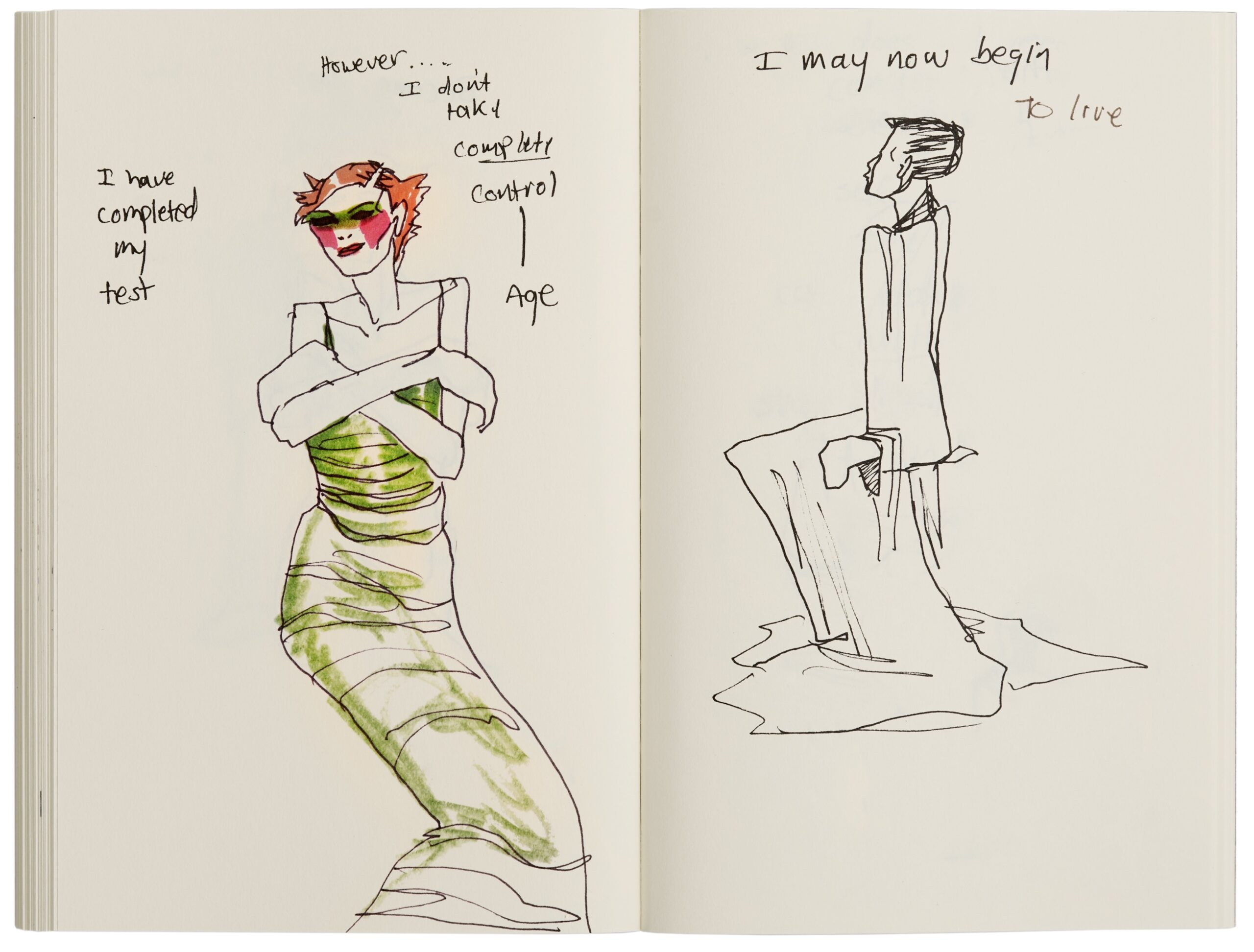
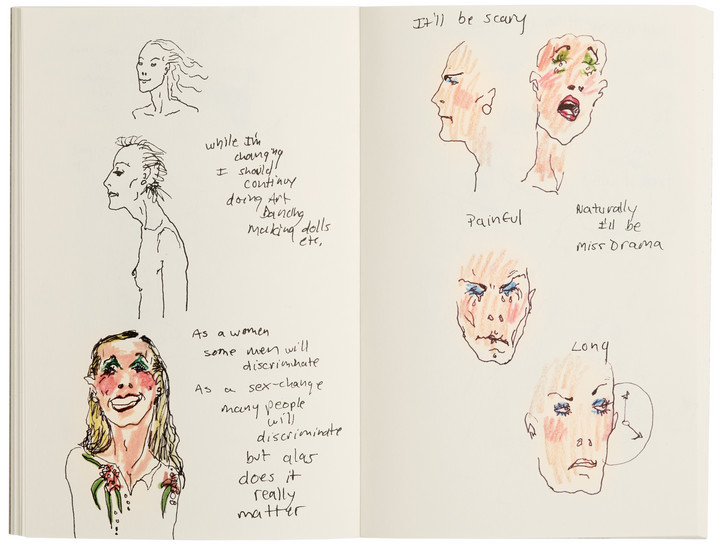
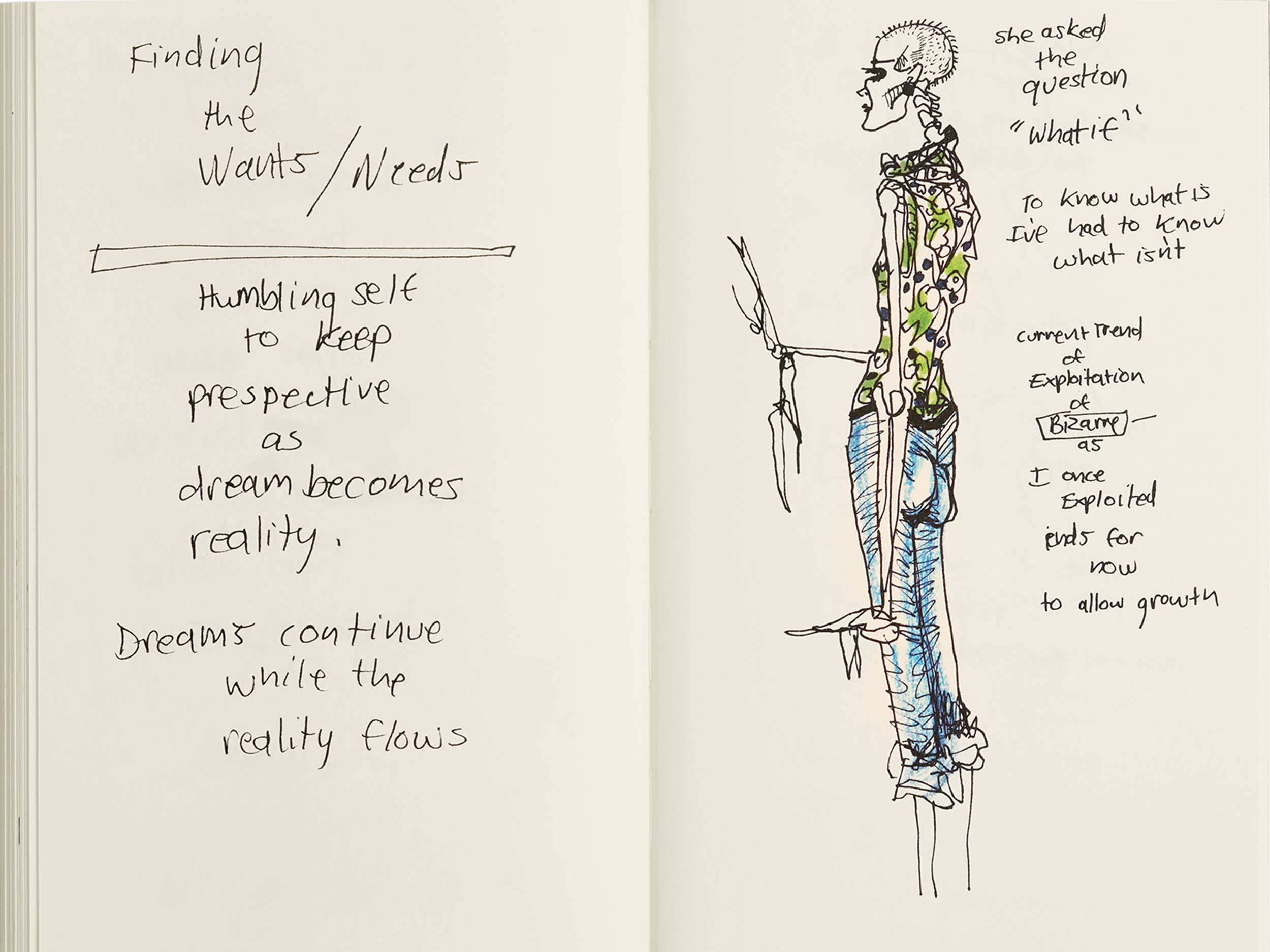
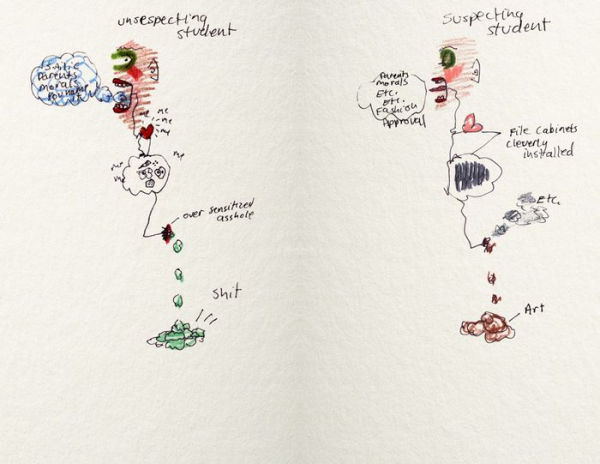
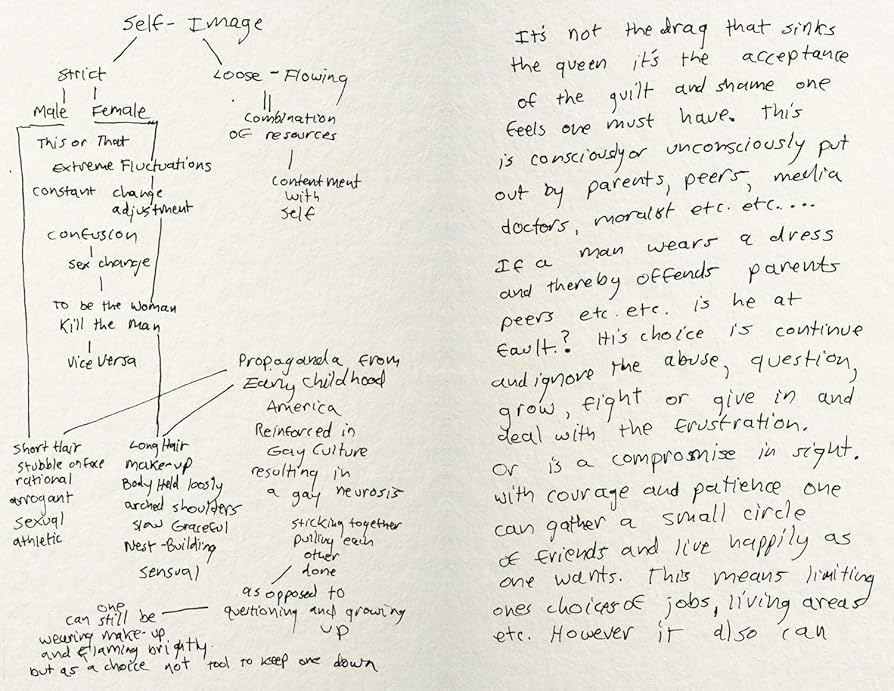
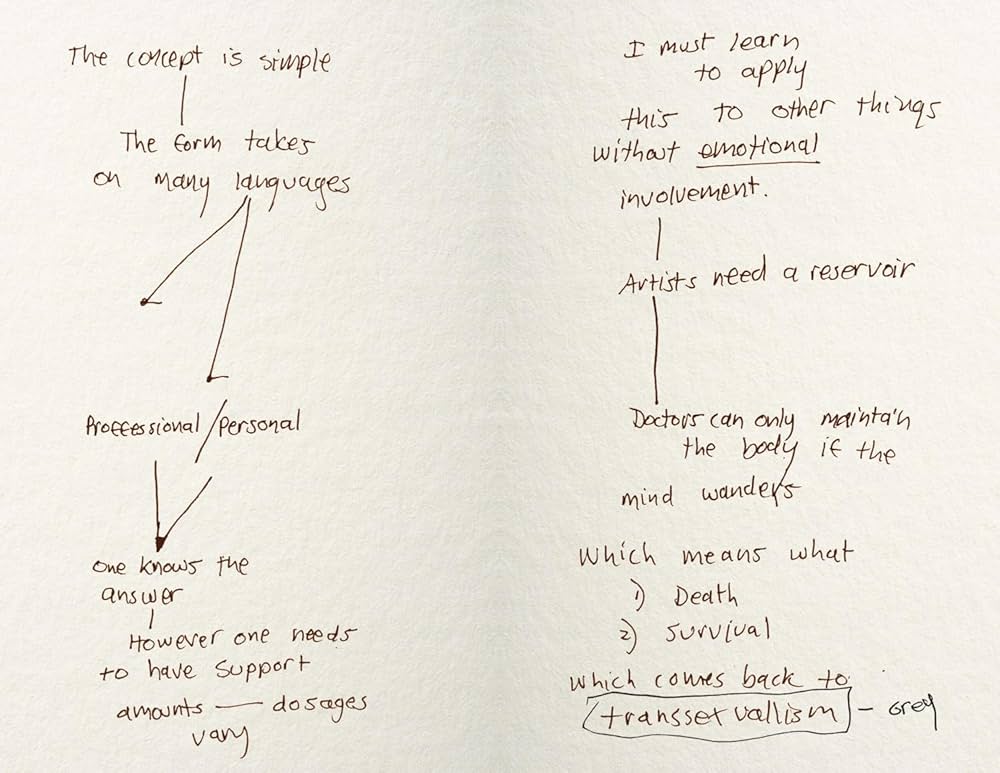
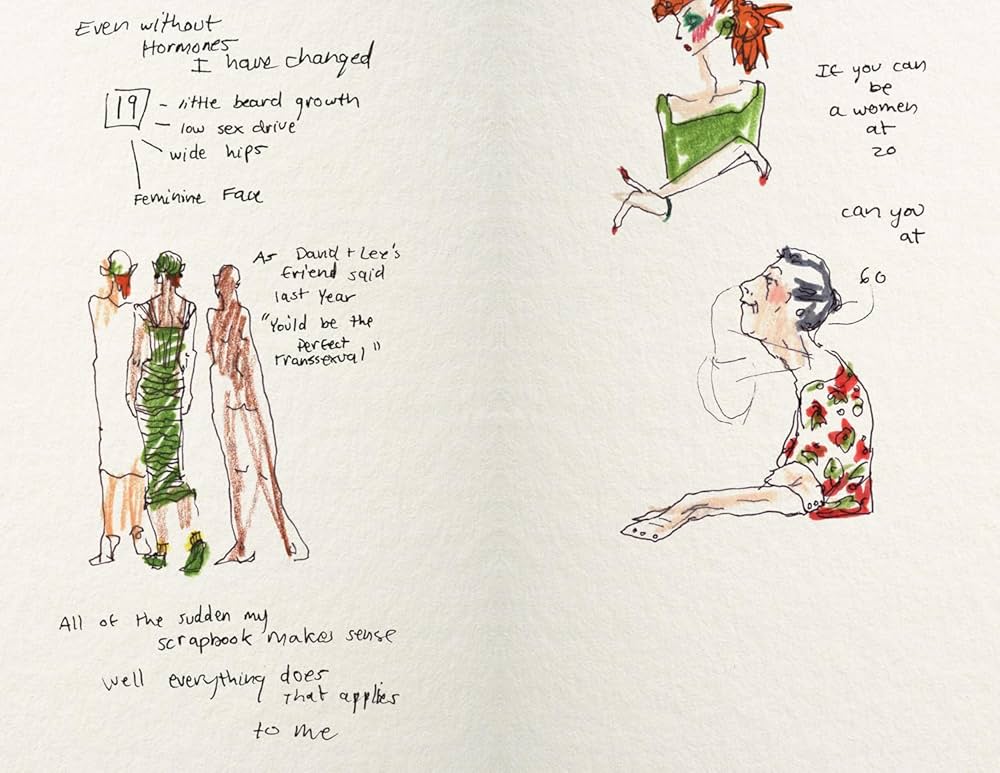
____
Extras
Greer Lankton – “It’s all about ME, Not You”
Queer Art TV: Greer Lankton
Greer Lankton at the 1995 Whitney Biennial
Peggy Moffitt Doll BY Greer Lankton 1985
____
Interview
from East Village Eye

I conducted this interview with Greer Lankton prior to her first solo show at Civilian Warfare Gallery when her cramped studio apartment was filled with her dolls. I felt we were not alone. In the month since we talked, her show has come and gone and did not do so unnoticed. Lankton’s art crosses many taboo social barriers and may be always be subject to criticism for it. As various community groups received complaints on the content and accessibility ( kids could see the show from the street as they walked by ) of Lanktons work they banded together to force Civilian Warfare to paper it’s windows and enforce a R – rating admission policy.
I interviewed Greer Lankton because she is an artist I respect. We talked about her transexuality because i was curious and thought a lot of people would like to know also. My fear is that I was being sensationalist, sure I was but so is Greer Lankton. If I can prove anything with my interviews it would be that artists are works of their own creation Lankton has changed herself and invented a character a living personality that is one of the most real and human I have ever met.
Carlo McCormick: Greer when I have written about you in the past, I’ve never mentioned your sex change. I just didn’t think it was necessary…
GREER: It’s not necessary to mention it all the time.
I don’t think your work has to be put into that context. But when I do interviews I find it more interesting to talk about life then art. Do you mind if I ask you about your transexuality?
GREER: Like where I got it and how much it cost? It was cheap.
All the sordid details.How long ago was it?
GREER: Five years.
And you have to wait three years to get one?
GREER: No, just one. I started taking hormones when I was 20 and had the operation when I was 21.
I can figure out old you are now.
GREER: I’m 26, soon I’ll be 27 and before you know it I’ll be 30.
Time for a facelift. Can I call your sculptures “dolls”?
GREER: Sure.
Not like Barbie, but still about womanhood.
GREER: Sort of, but not always womanhood.
Transexuality and androgyny?
GREER: Yes, they are also about beauty. male and female. Like I was trying to make them pretty, but they always come out disturbed.
Like the obesity or the anorexia? Does that come from your own self image? Were you ever anorexic?
GREER: Yes, but not severely. I’ve been in therapy for two years.
So we can’t talk about how fat you are?
GREER: But I’m not fat, am I?
No, I was just testing you.
GREER: Where are my diet pills, my laxatives? Sure it comes out of that. But also just looking at bodies. There are so many different types.
But they’re more psychological than physical.
GREER: Yes, I try to make them seem like they have some sort of personality and feelings. Something going on inside. Except for her, ( pointing ) she’s kinda dumb.
She looks like an African fertility goddess.
GREER: Yeah, with dreadlocks. I think she should have a cock too, but I’m not sure.
I love that they have interchangeable parts, especially the sex organs. How are they built?
GREER: Wire, metal, eye joints. wood plaster, fabric.
Do you stuff them?
GREER: No, I have to make them from the inside out, that’s why they take so long. It’s layers and layers of sewing. The skin is the last part.
And you recycle old dolls?
GREER: Yes, right now I am making mostly Sissy dolls. And sex change doll. Like this one of Terri Toye; she’s a sex change.
How planned are they?
GREER: I know how it’s going to look, but then they don’t. They get their emotions as I go along. I like to do lots of surgery, like a nose job or redoing their lips.
Do these personalities fit into an overall context?
GREER: Well, they are all freaks. Outsiders, untouchables. They’re like biographies, the kind of people you’d like to know about. Really interesting and fucked up. It’s what you want to read, the kind of people you stop and notice.
Like the one with the sunglasses. They’re self destructive but that’s half the glamor.
GREER: They’re so glamorous. If you saw them in real life you’d die.
I can’t help to think of your Artforum ad: it was amazing. One has to credit Peter Hujar ( the photographer).
GREER: He’s wonderful.
But it set up an uncomfortable comparison between you and your dolls. You look as dead as them, you make your glamor into something grotesque.
GREER: It’s ment to be uneasy. So much worry in it. But whats’ grotesque?
You are so corpslike, so emaciated.
GREER: Emaciated is a better word. I’m going to get in trouble with my therapist when she see’s this.
But you were sucking in?
GREER: No, I ‘m that thin. A photograph puts ten pounds on you.
Do these dolls act as self portraits?
GREER: Sometimes they end up looking like me, but they’re more like people I’d like to see. Or sometimes I’m thinking about the way I’d like to look. Like that would be a really great nose.
You’re going to start stitching skin.
GREER: I wish I could, I’d love to do surgery.
So our whole notion of beauty and glamor is intrinsically tied to sickness. Drugs aren’t a major part of your women.
GREER: Some of them take drugs. But I don’t put needles in their arms or pills in their hands.
It’s just implied: otherwise it’s a cliche.
GREER: It’s so dull, but it’s still a part of our notion of glamor. I mean everyone comes to New York and does smack. That was the aspiration when I was younger. I wanted to be a junkie drag queen.
It’s still such a role model, the great difference even creativity.
GREER: And it’s something I’m fighting myself, it ends out coming out in my art. Always trying to be healthier but I’m self destructive.
Do you take a lot of hormones?
GREER: Just one a day. I’ve had a lot of problems with them. They’re really bad for you.
Does it surprise you with this show at Civilian Warfare to think of yourself as a serious artist?
GREER: Sort of, but not really. I always knew I was going to do something like this, making dolls.
But you haven’t fallen into the traps of many transexuals.
GREER: A whore, a junkie, a plastic surgery addict.
It’s not just that, you’re more a survivor, you have more discipline in your life.
GREER: Yeah, I’m a bit more serious. I come from a healthy family and that helps. I was raised on the golden rule, the Protestant work ethic.
But you’ve certainly rebelled.
GREER: Sure, I’ve always rebelled. But I figure I might as well do what I want to do. And I don’t want to get a job. I have to work. I hate working for people eight hours a day being a slave. But my dad was a minister. i grew up to be a good kid, not a whore.
I heard this great story that when you were born, your father’s church….
GREER: Had a sign outside, It’s a boy.
A real problem?
GREER: No they’ve been real supportive. My dad’s an artist also, my mother just wanted me to be happy. They’ve got their priorities right.
Do you feel a part of the transsexual or drag community?
GREER: Not really. I always love to meet new transsexuals, but few are friends.
Do you feel part of the East Village art community?
GREER: Only recently: I use to be a recluse. Now I can go out to some openings and see people I like and some I don’t and can talk about the next day!
Or when they’re out of ear shot. How do you feel about Civilian Warfare?
GREER: How do you mean?
Well, it must be hard to find support for your work. And two years ago, before there were fifty new galleries, it was extremely difficult for young artists.
GREER: Yeah, I went to Fun Gallery and it certainly wasn’t what they wanted, and I showed at Club 57 and Pyramid and P.S.1 but that’s not the same. I really don’t know if anyone would have taken me.. It’s hard to say. What I do isn’t what a lot of people do, and they can like it, but it’s hard for them to accept as art. They think it’s to cutsey.
It’s hard to get credibility: being with Civilian Warfare has helped you.
GREER: Oh yeah, it’s too cartoonish, or they’re just dolls.I mean I think I am very serious, but I also know I am still young, aware that I’ve got a way to go learning how to use materials. and that’s what I like to do, making things, not images. I like to be able to play with it. That’s the whole thing with the dolls, you can play with them. I don’t care too much if people don’t take me seriously, except I’d like to make a living off my art. It’s not like super high art or anything, I make things that are art, that’s all, and I’m serious about that.
You don’t ever deny the craft aspect of your work.
GREER: Right, because it is part of it. Hopefully the emotions are going to show through., and that’s the strongest part. With Civilian Warfare I can do what I want, and that’s good. I wanted to do this transsexual stuff because it was very important to me. They thought it was good, while a lot of people might have found it gross or too personal. And it all is very personal.
Is your art an exercise for working out things out emotionally for yourself. or are you trying to communicate with your audience?
GREER: Sure I was trying to understand myself, but I am aware of my audience. Every time I meet people they have the same questions. No one really knows about transexuality and they want to know so I might as well tell them. I’m not really trying to educate. I would like to do a
transsexual etiquette book. So many boys have no manners towards me: they’re the worst.
Is it a constant problem?
GREER: In a way, it’s not great being asked all the time if you are a boy or a girl or being whispered about and pointed to. I’m not embarrassed though. If someone asks me if I’m a sex change , I say yes! But you’re taught to be ashamed of yourself. After the operation you are suppose to move to a new city, change your name and burn all the photographs of yourself, I don’t hide.
Your art is like that. it’s hard to imagine anything today being shocking, but your work can really offend people. Do you mean it to?
GREER: No more then I meant to shock. When I go outside of New York I can really upset people, they’re not use to it. I really have shock value!
The art world, especially in the East Village, is sort of a magnet for people who are different outsiders.
GREER: New York has got this underground: it’s attracted us and all our friends. Everyone we knew was the wildest from where they were from. I don’t want my art to shock but to be understood. That’s kind of why I do the circus freaks. When you see them they satisfy your curiosity and you feel something of their deformity.
Isn’t it voyeuristic?
GREER: Completely. I’m a total voyeur and in some ways an exhibitionist as well. My dolls sort of make me less threatening to people, easier from them to understand.
In the way they are extensions of you, you are a Greer Lankton doll yourself. A living art work.
GREER: Ever since I was little I wanted to be a girl. It was a art piece deciding who I was going to be, the process of making myself pretty. I love biographies and looking at the way people make their lives. I try to do the same. Even down to this run down apartment, it’s so glamorous, walking up five flights of stairs, my deep cough like a bottomless pit, my choices, my clothes, the way I decorate my house…..
____
Show

Candy Darling at Home, 1987
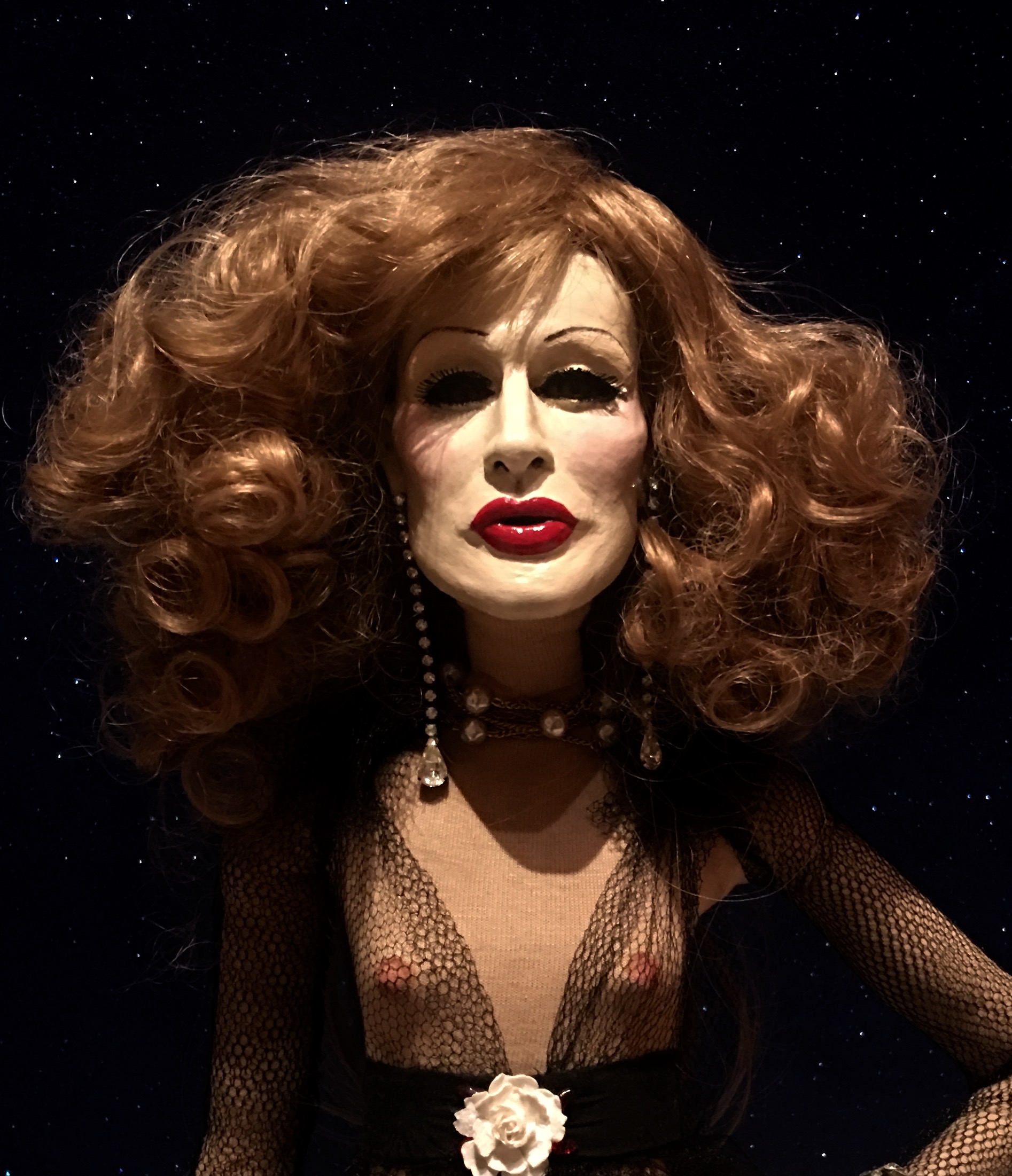
Candy Darling, 1980s
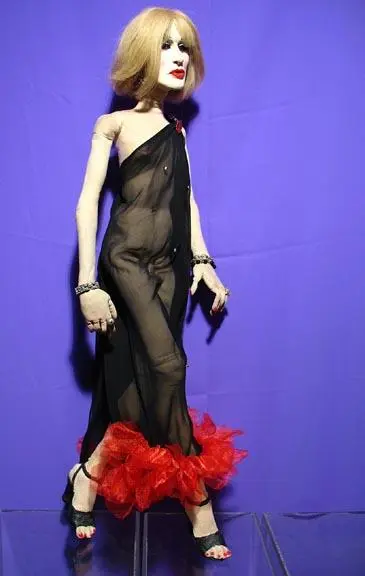
Candy Darling, 1987

Candy, 1980s

Untitled, 1993







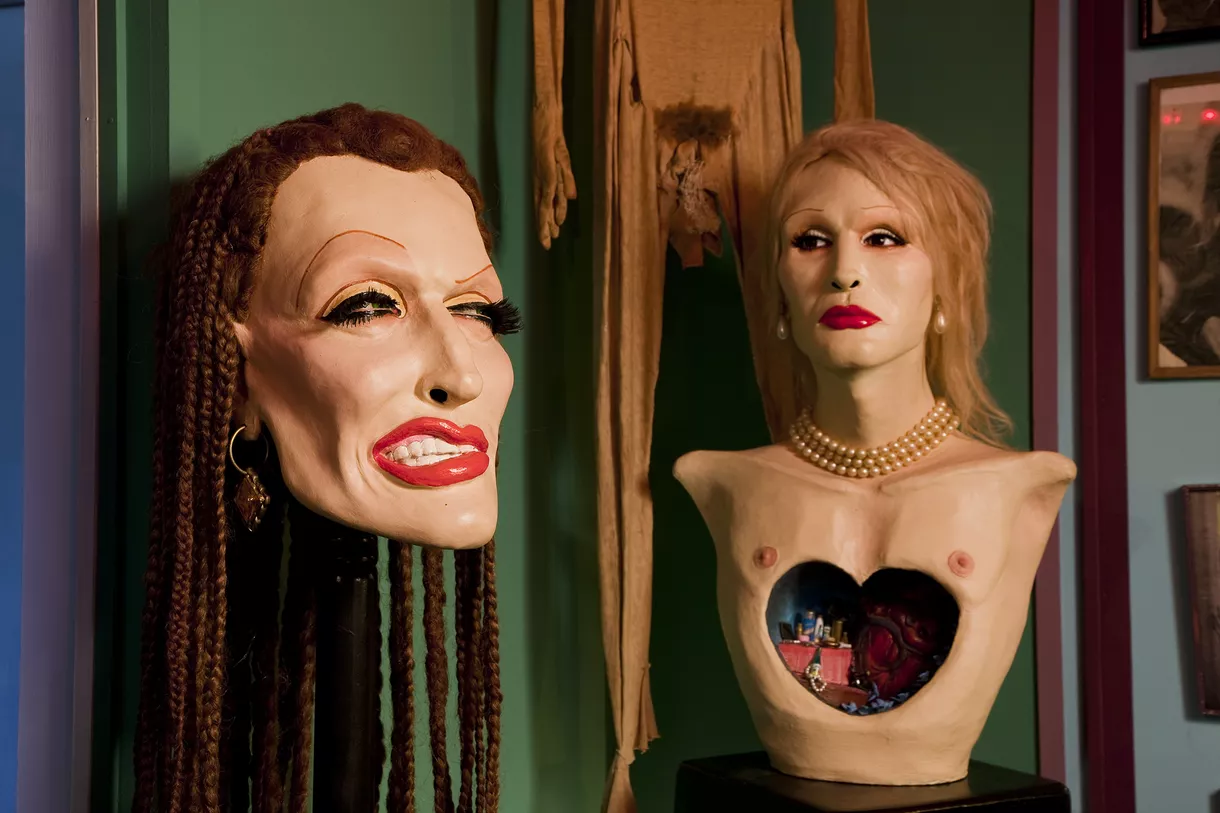

It’s all about ME, Not You, 1996

Sissy and Cherry, 1988

Twinned, 1990s

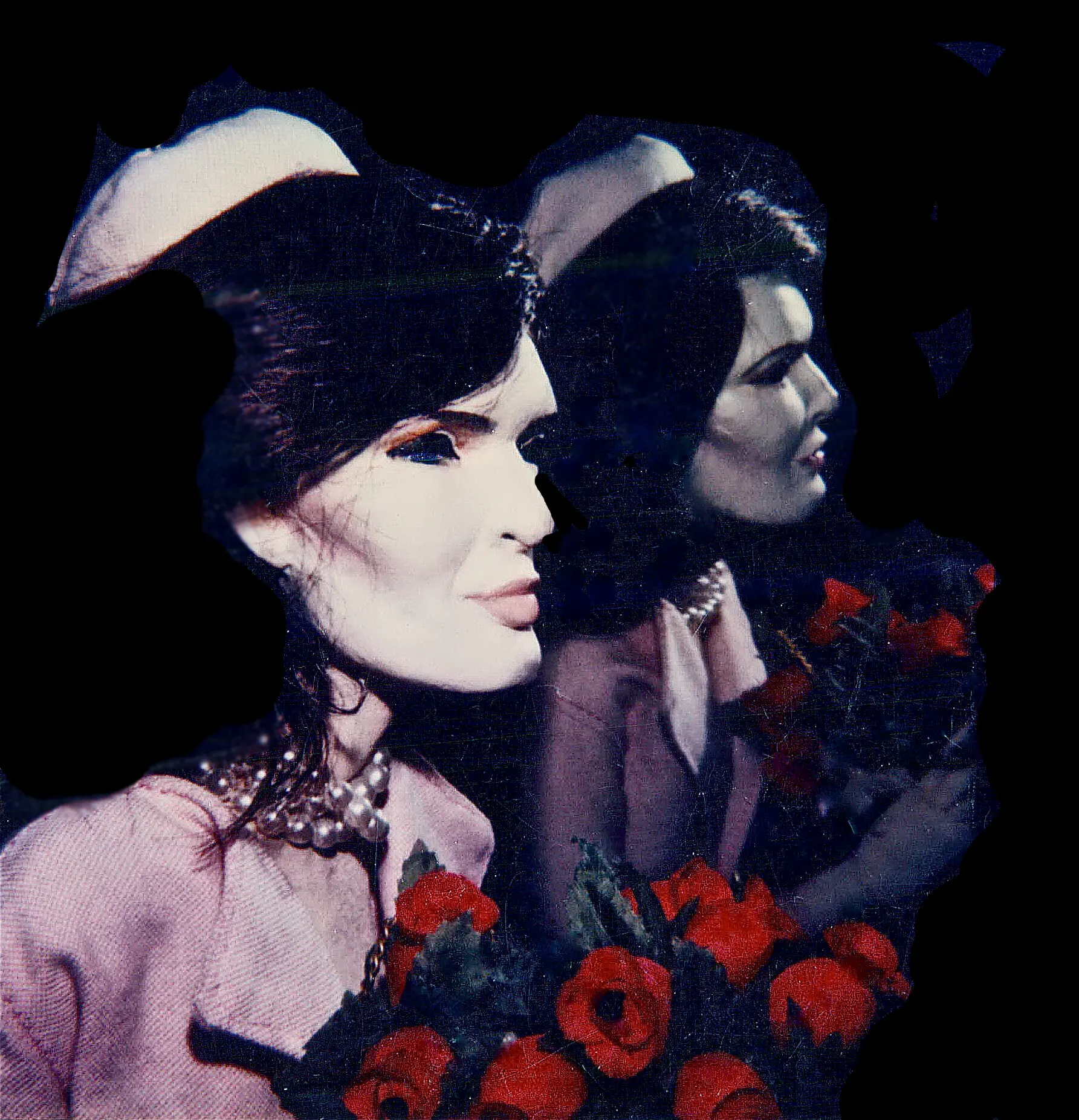
Jackie Kennedy, 1985
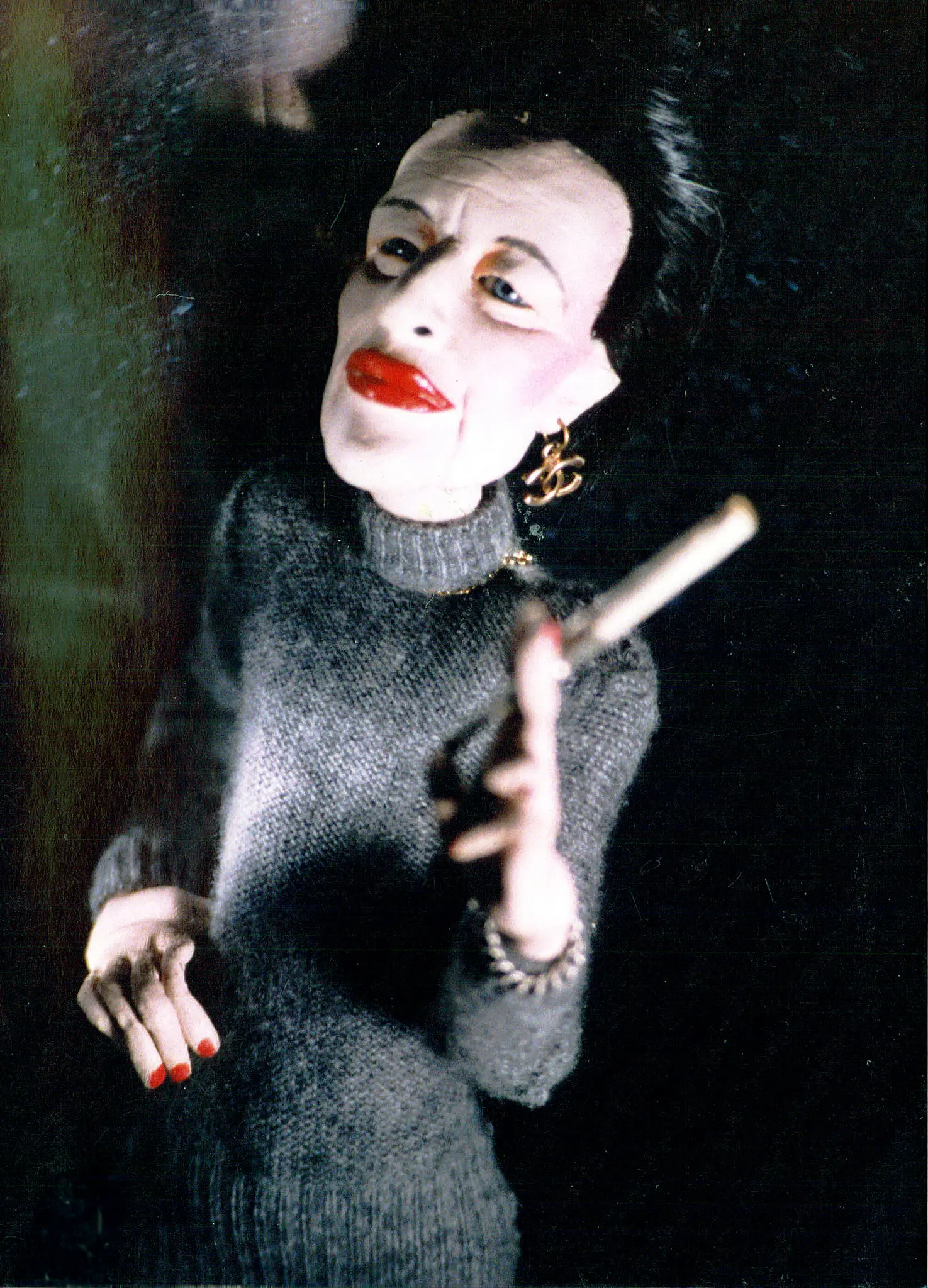
Diana Vreeland, 1989

Sarah, 1981
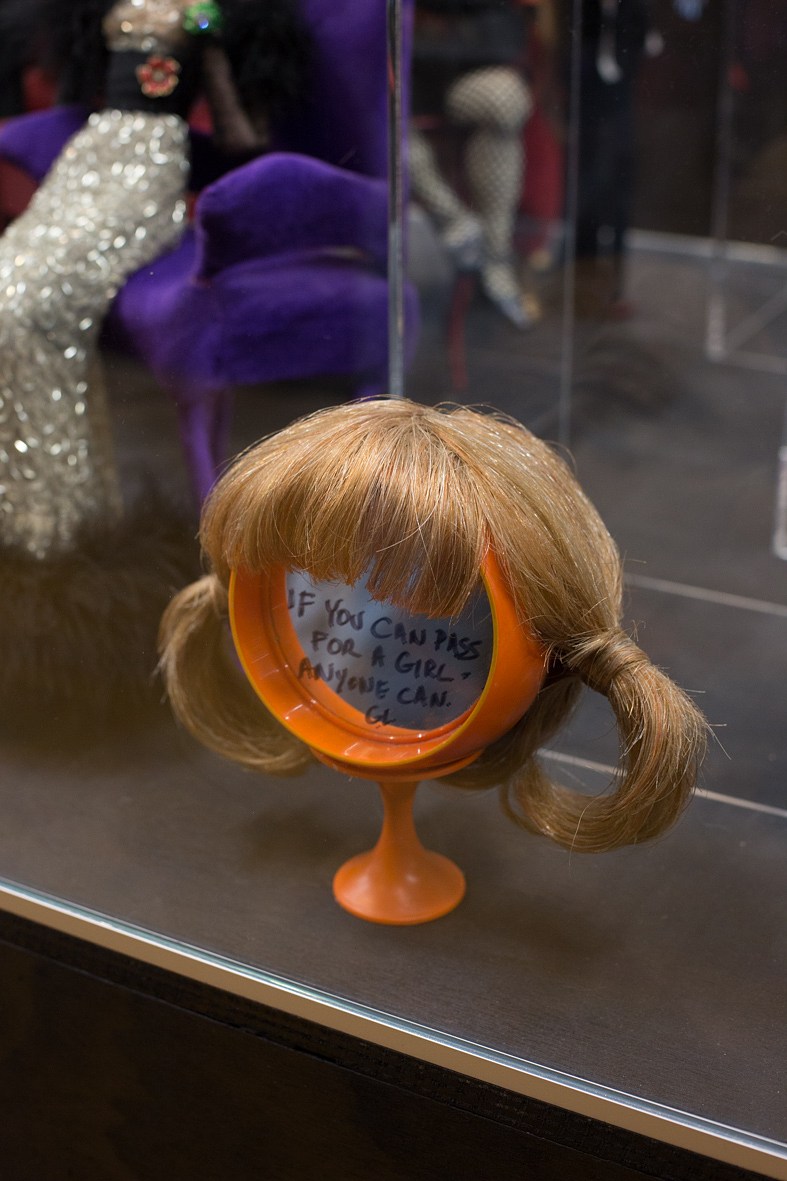
If you can pass for a girl, anyone can, 1991
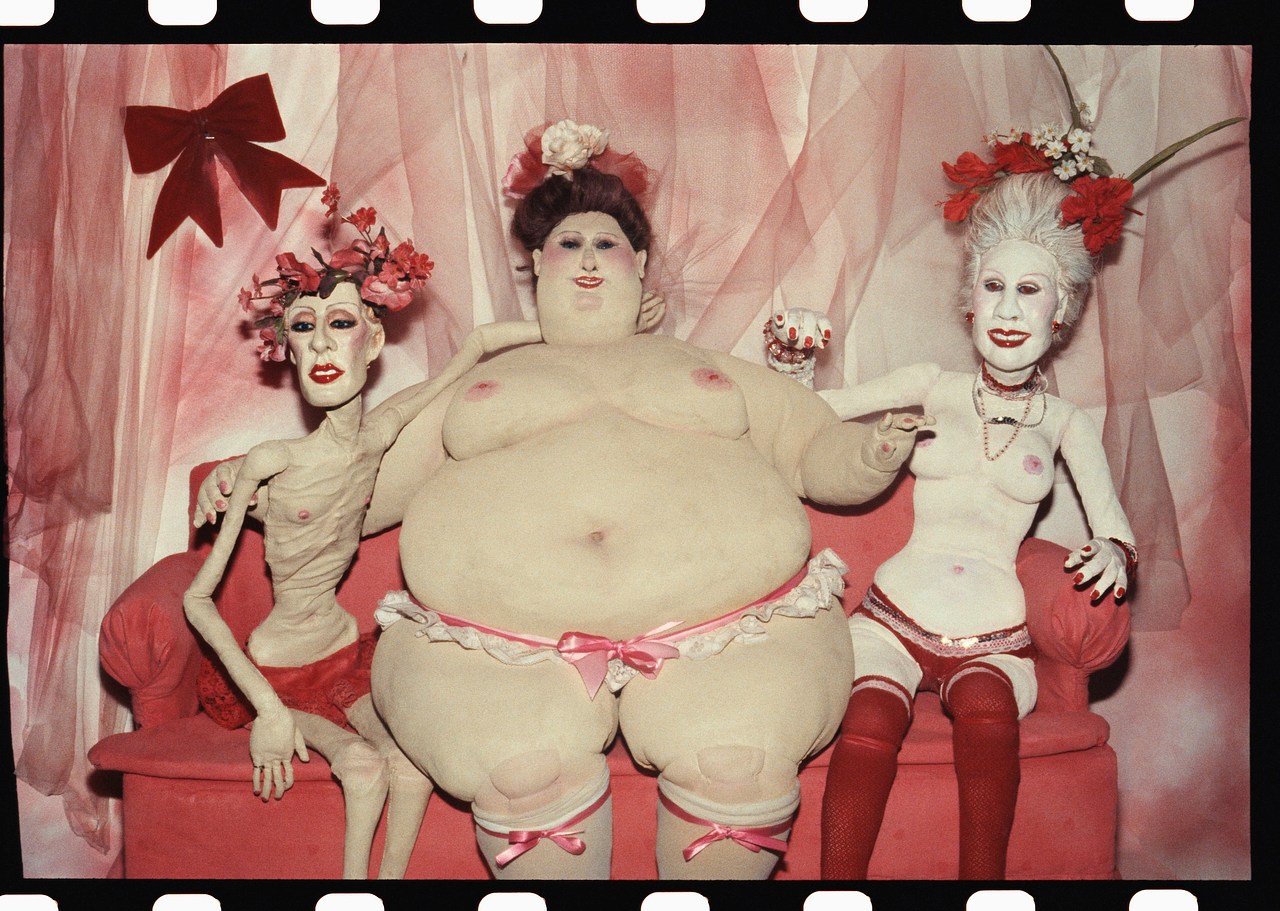
Circus Ladies, 1985
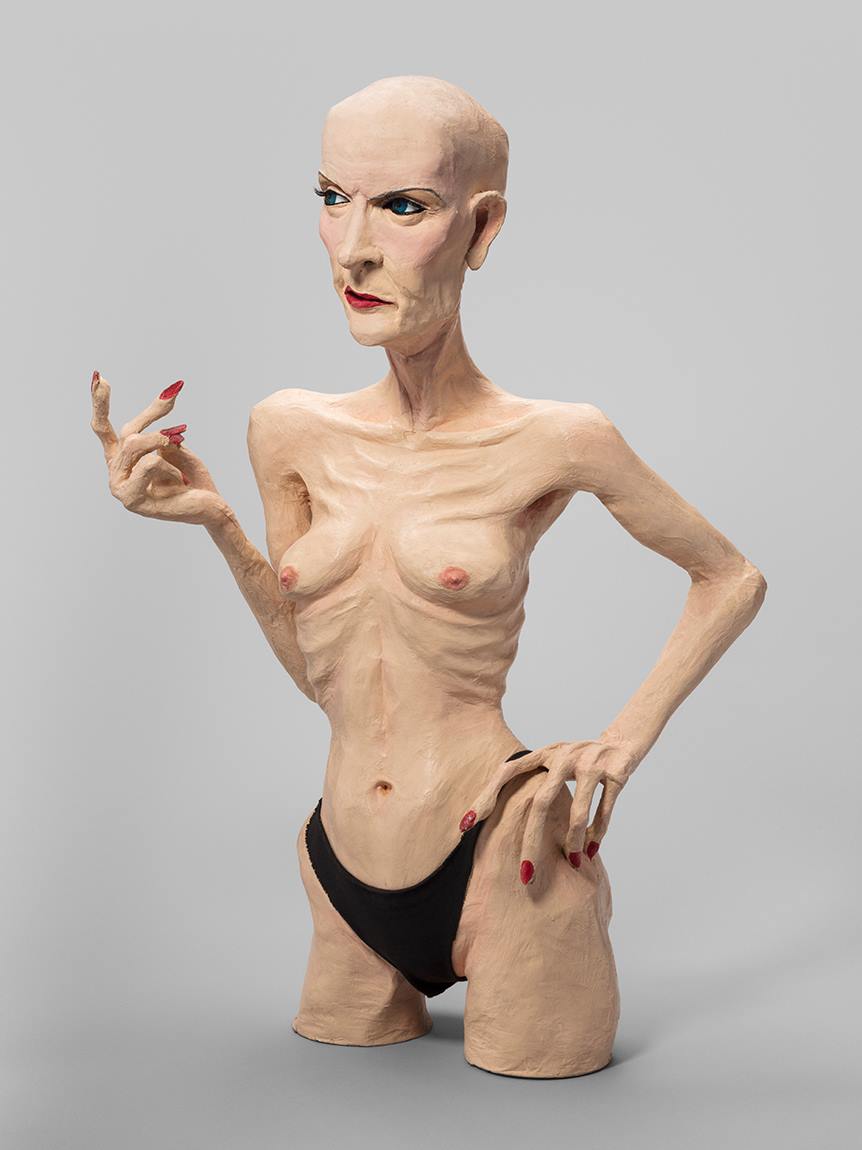
Rachel, 1986
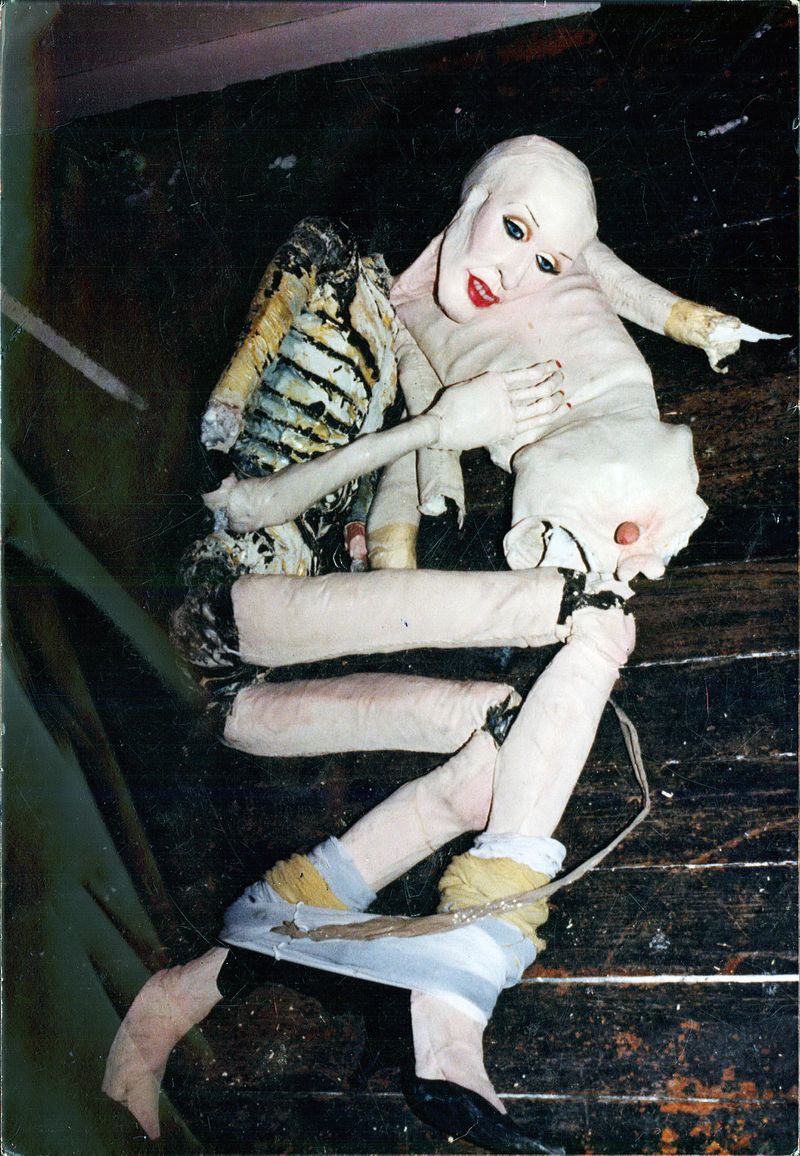
Sissy in Pieces, 1985

Me, 1987
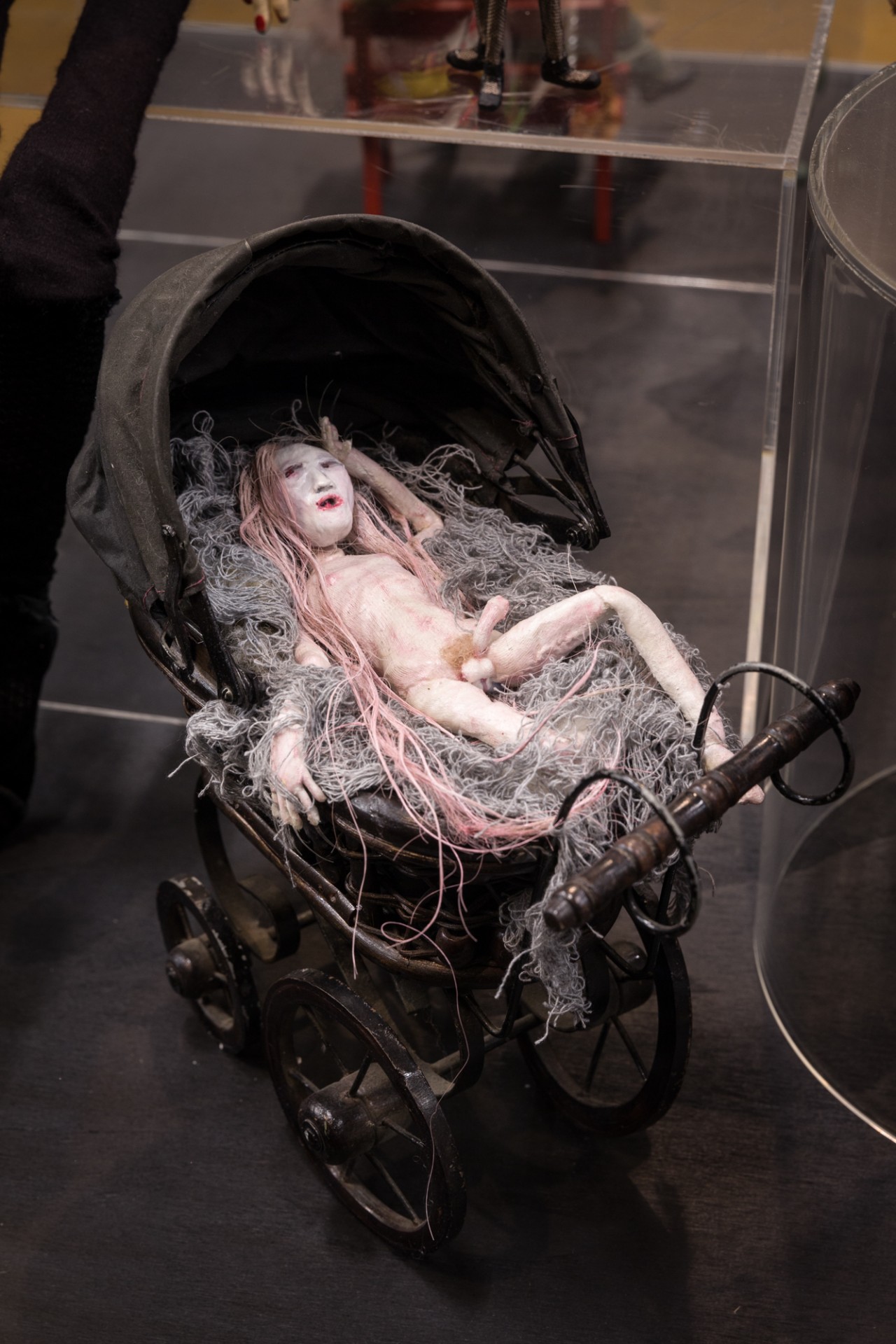
Untitled, 1991
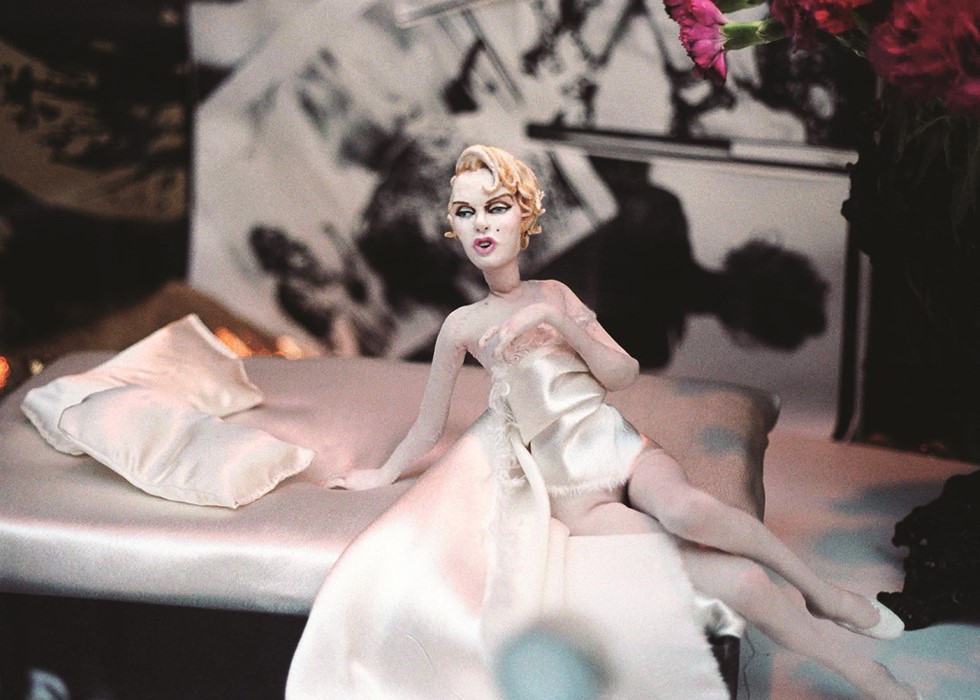
Marilyn Monroe, 1988
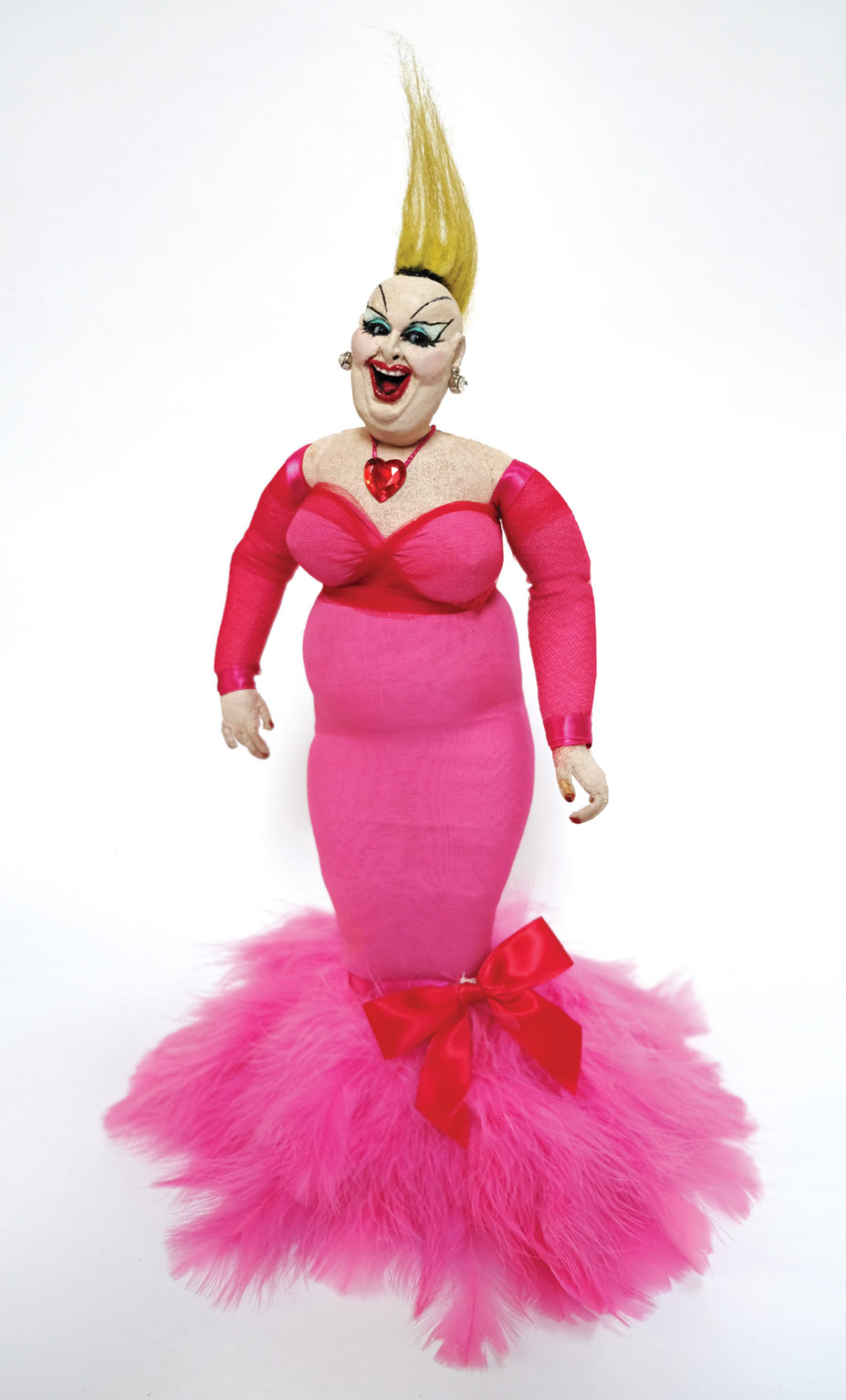
Divine, 1987
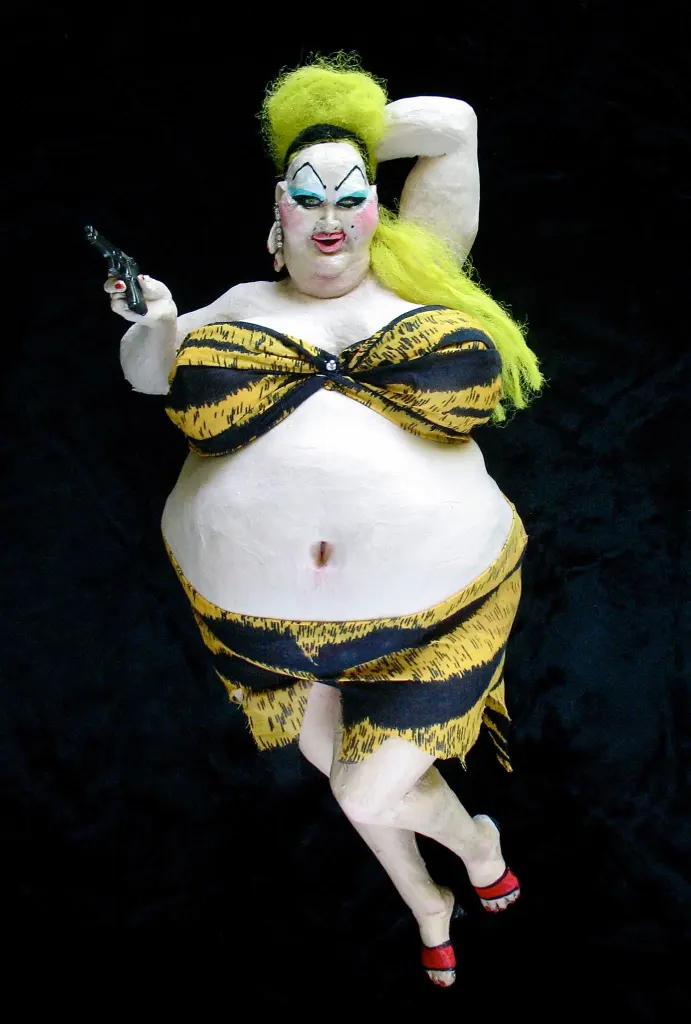
Divine, 1988

Two Trolls, 1988
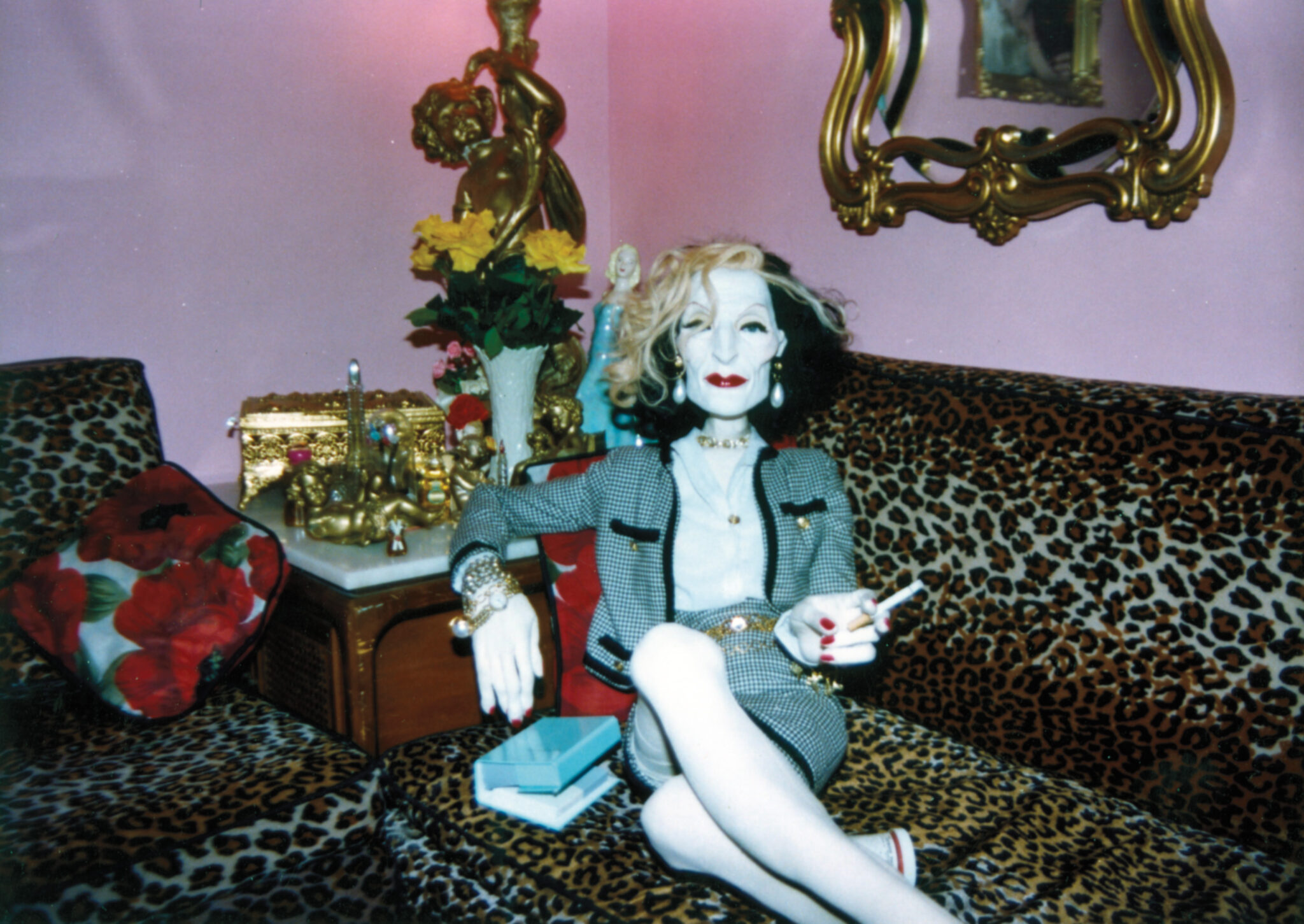
Untitled, 1980s

Drag Queen Jesus, 1983
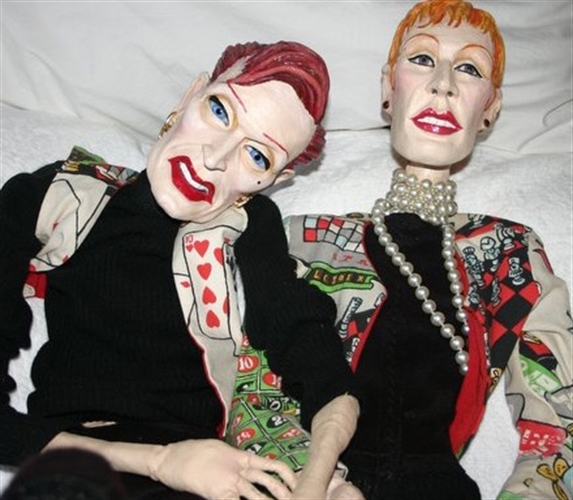
Freddie + Ellen, 1982
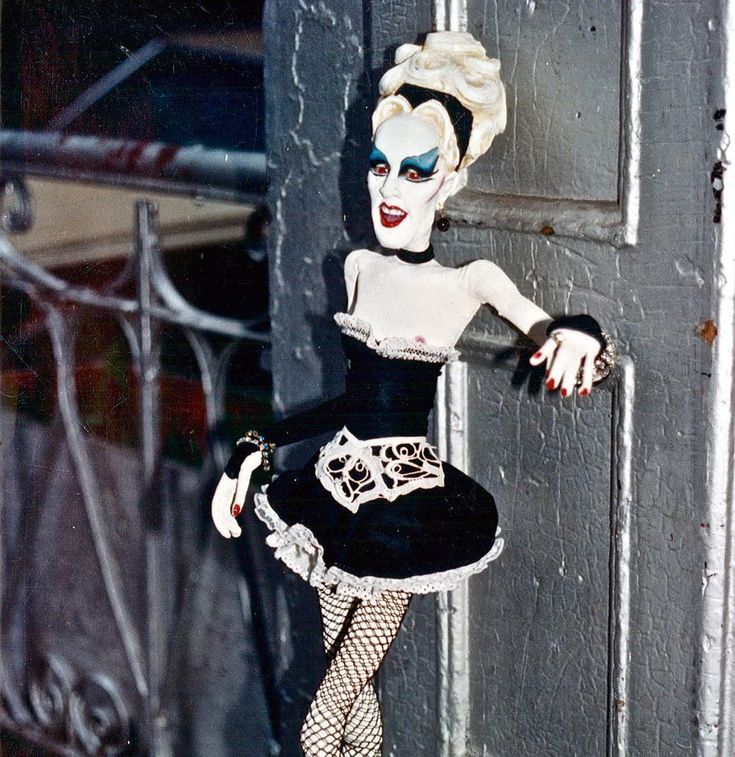
Cult Hero, 1992

Untitled, 1994
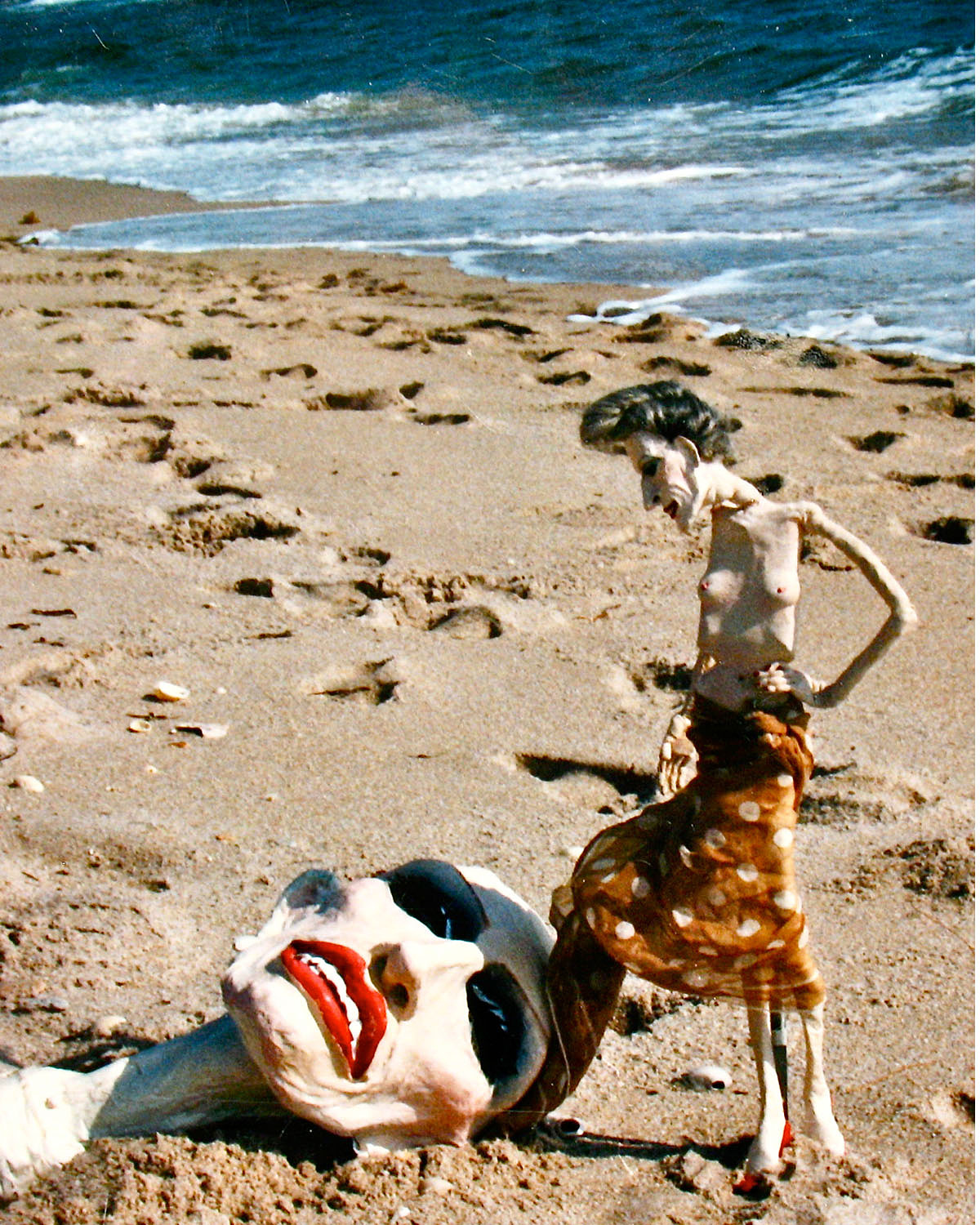
Untitled, 1989
*
p.s. Hey. ** Uday, Hi. Mayakovsky, interesting. I would stick to Garrel’s films of the 60s and 70s. For me, his films are not as compelling after that, although I have Garrel fanboy friends who would disagree. I’d like to hear Kylie cover ‘Superbeast’. The New Yorker won’t let me inside, but I’ll google ‘A Cage for Satan’ and see what happens. Thanks, U. Wait, Barbra Streisand? Eek. Really?! ** jay, Hi. Often when I read my work at readings the humor rises to the surface and people tell me they’d had no idea my work was funny. I’m so happy you’re into ‘Swarm’. I’m a fan of the me who wrote that novel. It seems to be the most divisive of my books, but I guess that’s not a huge surprise. Anyway, thank you. There’s a piece in ‘Flunker’ that’s made out of ‘Swarm’ pieces that I didn’t end up using. It took me forever to develop that Swarm voice, and I don’t know if I could find my way back into it, though maybe something similar but not. Like I think I said, I’m hoping for a local 4DX option to see the new ‘Alien’. I have seen and did really like ‘Like Mungo’. Yeah, pretty cool. There’s some pretty interesting ‘horror’ movies coming out of Australia of late. ** Dominik, Hi!!! I got some antibiotic ear drops last night, and I’m praying that they’ll do the trick. I hope your head has lost some of the extra weight this morning. Do people think ‘Longlegs’ is brilliant? All I hear is either ‘Meh’ or about how ‘wild’ Nicolas Cage is in it, and I think, you know, I think I’ve seen Nicolas Cage be wild a sufficient number of times. Love wondering how the Rolling Stones managed to press their faces to a piece of glass in the photo on this famous album cover back in the pre-AI days without any fog appearing on the glass, G. ** David Ehrenstein, Big up on your Garrel paean. You’re lucky you don’t live in France and don’t know all the terrible movies that Louis Garrel stars in that are never released outside of France. ** _Black_Acrylic, The general time frame of his work around the Nico era is probably his best work. People I know who watched ‘Capote vs the Swans’ said it doesn’t really hold up over the course of the series, but tell me what you think. ** Don Waters, Hey. Yes, and Pierre Clementi! I think I’m surely doomed to get Covid one of these minutes since there’s only, like, one or two people I know left who haven’t incorporated it at this point. I don’t remember the end of ‘The Shooting’ so I sadly can’t clarify that for you. I’m such a theme park nerd that I actually know about that ‘trapped upside down’ incident of which you speak. Weekly rituals … hm. My dad always watched golf on tv on Sundays. Not weekly, but it was a law of our household that we had to eat black eyed peas on New Years Day or else. Some kind of longtime Texas superstition or something. You have any weekly must-dos? I like Houellebecq’s early books too. But then he turned into this racist or faux-racist, leftist-baiting nihilist or faux-nihilist, and his writing got flabby, and he became more interested in getting media coverage than trying to write great books, and I bailed. Yes, do exploit your malady by plucking away at your writing. Smart cookie. Thanks, pal, and rise above. ** NLK, Hey! I don’t know how I manage either. It’s just, like second nature at this point or something. Yes, big kudos to Re:Voir for that and many other reasons. My understanding is the guy who does R:V is somewhat friendly with Garrel and is managing to get him to pry open his oeuvre, which, as I’m sure you know, he is generally pretty protective of. So his newest film is worth seeing? Okay. I just assumed it wasn’t, which is lazy of me. Thanks! ** Tyler Ookami, I did an initial search re: ‘pawpet’, and it does look very interesting, so I’m on it. Thanks again for that alert. And those links will be a giant help, so, yeah, thank you so much! How are things with you? What’s going on of late? ** Lucas, Hi, L! Thanks, I’m dripping drops of antibiotics in it now and praying or ‘praying’. Ugh, your mom’s on the warpath again, so sorry. Just try to stay beyond that as best you can. Great about ‘Thomas the Obscure’ letting you click into Blanchot. It’s amazing, yeah. For some reason it seems like all the Parisians came from their holidays yesterday, and the streets had that good old Paris buzz again. I don’t think I know Lingua Ignota’s stuff, or not well enough to know what I think of it. I’ll check into her work starting with those two albums you recommended. Thanks! My ears are hopefully just about ready to actually listen to things clearly again. ** Måns BT, When my Swedish friends say ‘hej’ to me, it always sounds so much better than ‘hey’, I guess because of the little kind of vocal effect at the end of the word that the ‘j’ creates. Let me know if that ramen place lives up to my hype. I had the vegan ramen if that makes any difference. Well, I haven’t spent a lot of time in Sweden. I’ve mostly been there during Zac’s and my amusement park-focused road trip of some years back, and we were concentrated on that and mostly driving around otherwise. I’ve been to Stockholm twice, I think, and only for a few days each time, and I really liked it even if I didn’t really get a complex read on the city. I’ve been Gothenburg a few times, but briefly, and I only really know Liseberg there and some bookstores. One of my favorite artists, and a good friend, is this Swedish artist Torbjorn Vejvi, and he has promised to help give me the lay of the land someday. So, yeah, I’m mostly very high on Sweden and still figuring it out. I know ‘Beyond the Black Rainbow’ and ‘Mandy’, yes, and I think that’s an inspired combo. Surely the theater will grab that possibility. I only know those two films of Panos Cosmatos. I’ll definitely be curious to see those new ones. Are they near completion or release, do you know? My day was okay. I was interviewed, and that went well, and I started trying to solve my fucked up ear problem, and that was a possible step, I hope. How was your Tuesday, for instance? xo, me. ** Diesel Clementine, Rough day, I hope it didn’t take too much out of you. ** PL, Howdy. I agree about the post, and I’m going to try. I liked the first two ‘Aliens’, especially the Ridley Scott one. The third one is okay. I thought ‘Alien Resurrection’ was kind of crappy. I kind of hated ‘Prometheus’ and ‘Covenant’. And I have an open mind about ‘Romulus’. Never saw ‘Omen II’, and I think I probably won’t. Great about the shirt and print! All the luck you might need. No, I haven’t looked at he portfolio yet. I’m so sorry. I’m really slow, like really slow. I’ll forefront it and get on that as soon as I can. ** Steve, If Houellebecq hasn’t already released a rap track, I’ll be surprised. After his embarrassing collab. with Iggy Pop a few years ago, his bottom sinking would seem to know no bounds. There are many Martha Stewart French equivalents, but they’re all male. My ear has been clogged up for about a month. As I said up above somewhere, I got some anti-biotic drops last night, and I’m giving them the chance to work before I take the doctor route. Thanks for asking. ** Harper, Okay, the family encounter sounds par for the course, or whatever that saying is. Maybe relative nonentity status is the best you can hope for? Very different, but ever since I was young my family members never ask about my writing or even about what I’m doing because they fear what I’m doing might cause me to mention my writing. At this point it’s become kind of humorous. That royal-sized garden sounds nice, though. ‘Penda’s Fen’, yeah, great stuff. You’re right, amazing that Clarke was able to make that work for TV. Even weirder in its own way than marvelling at what Lynch got away with. ** Jeff J, Hey! Just the other day Michael Salerno was trying to convince me that Garrel’s recent films are great, and I still don’t buy it, but I do guess I’ll check to make sure just in case. I think the most recent Garrel I’ve seen is ‘Le vent de la nuit’, so it’s been a while. Zac and I are in accord, yes, and now we’ll see. Even our best thought-out plan will create difficulties for us, but I don’t think there’s any realistic way forward that won’t. Prayers. Thanks, J. How’s the writing and everything else? ** Bill, Philippe at his best is much better than Louis at his best, if you ask me, which of course you didn’t, haha. Thanks re: ‘Facials’. I’ve been waved off ‘Cuckoo’ by others too, so I’ll lay low. ** Right. Today my galerie hosts an exhibition by the late and wonderful artist Greer Lankton, and I hope you’ll have a gander and enjoy yourselves. See you tomorrow.
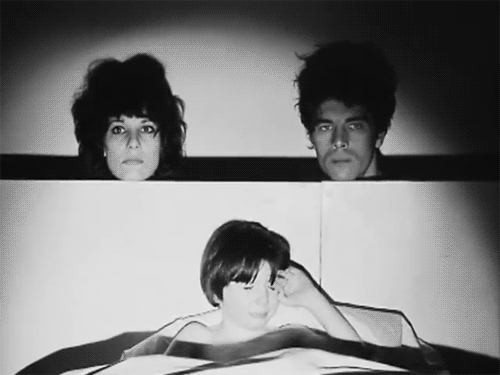







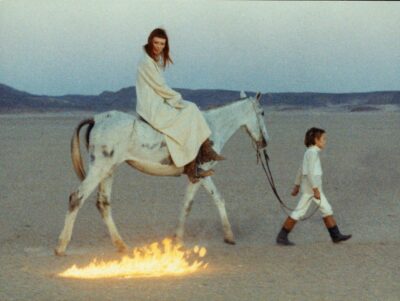









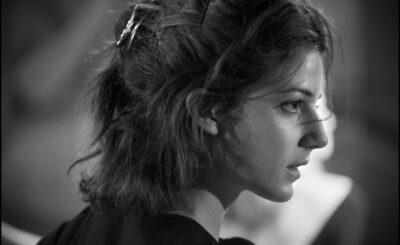
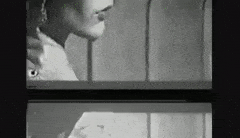
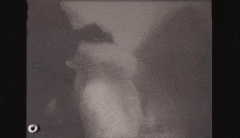
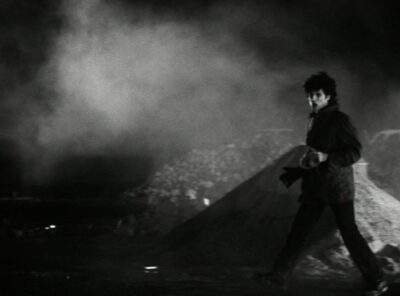

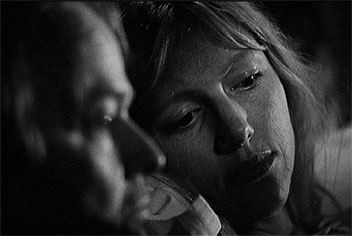
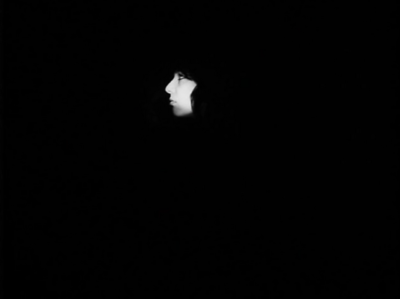









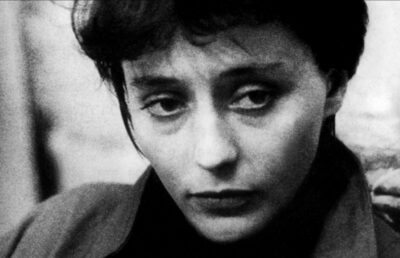






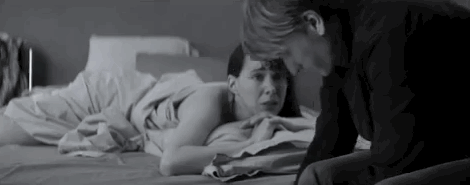
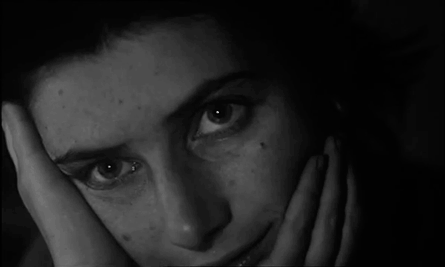
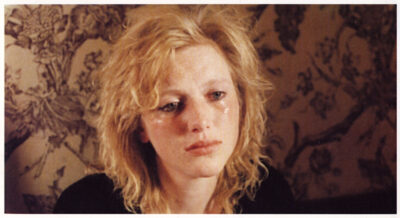
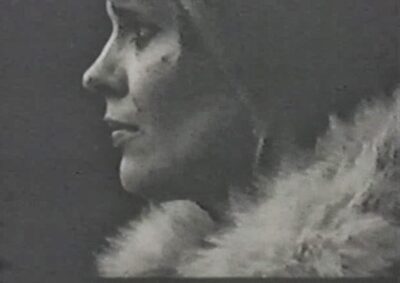











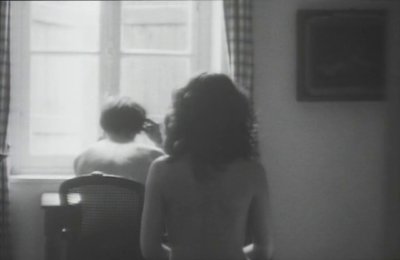
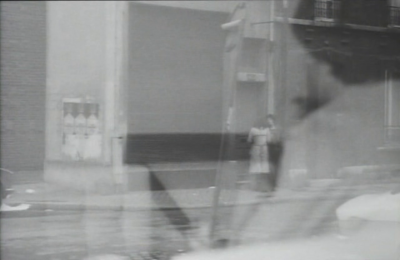




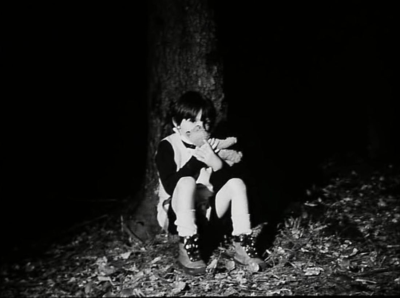
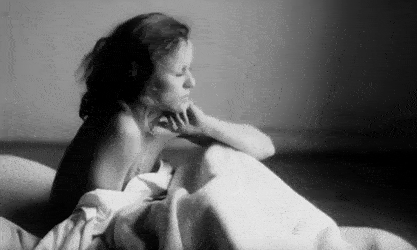
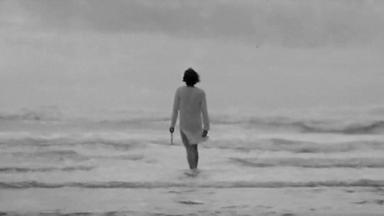

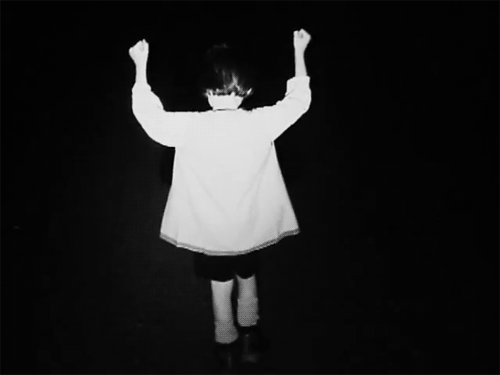

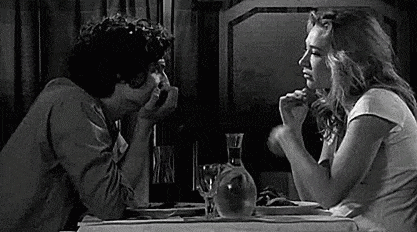
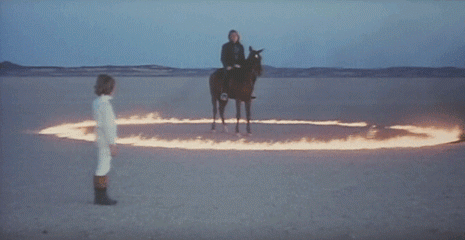

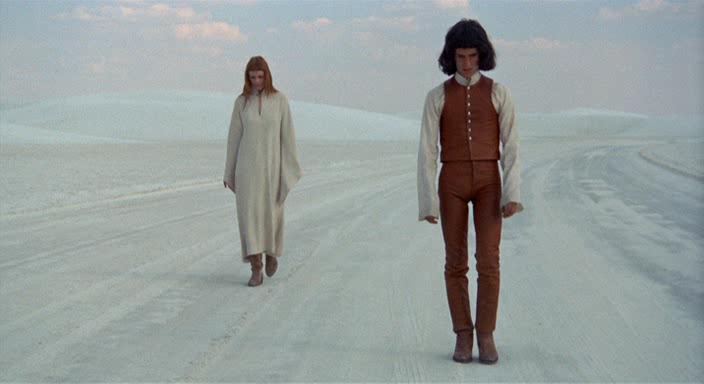
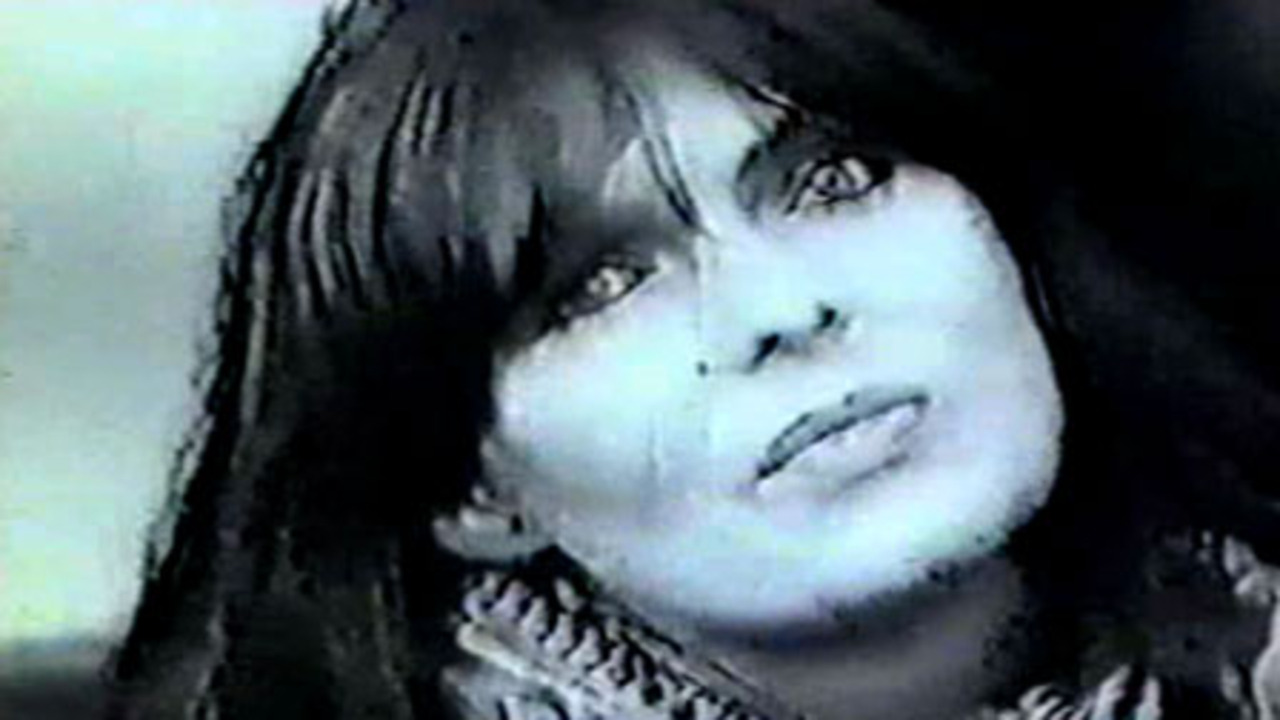

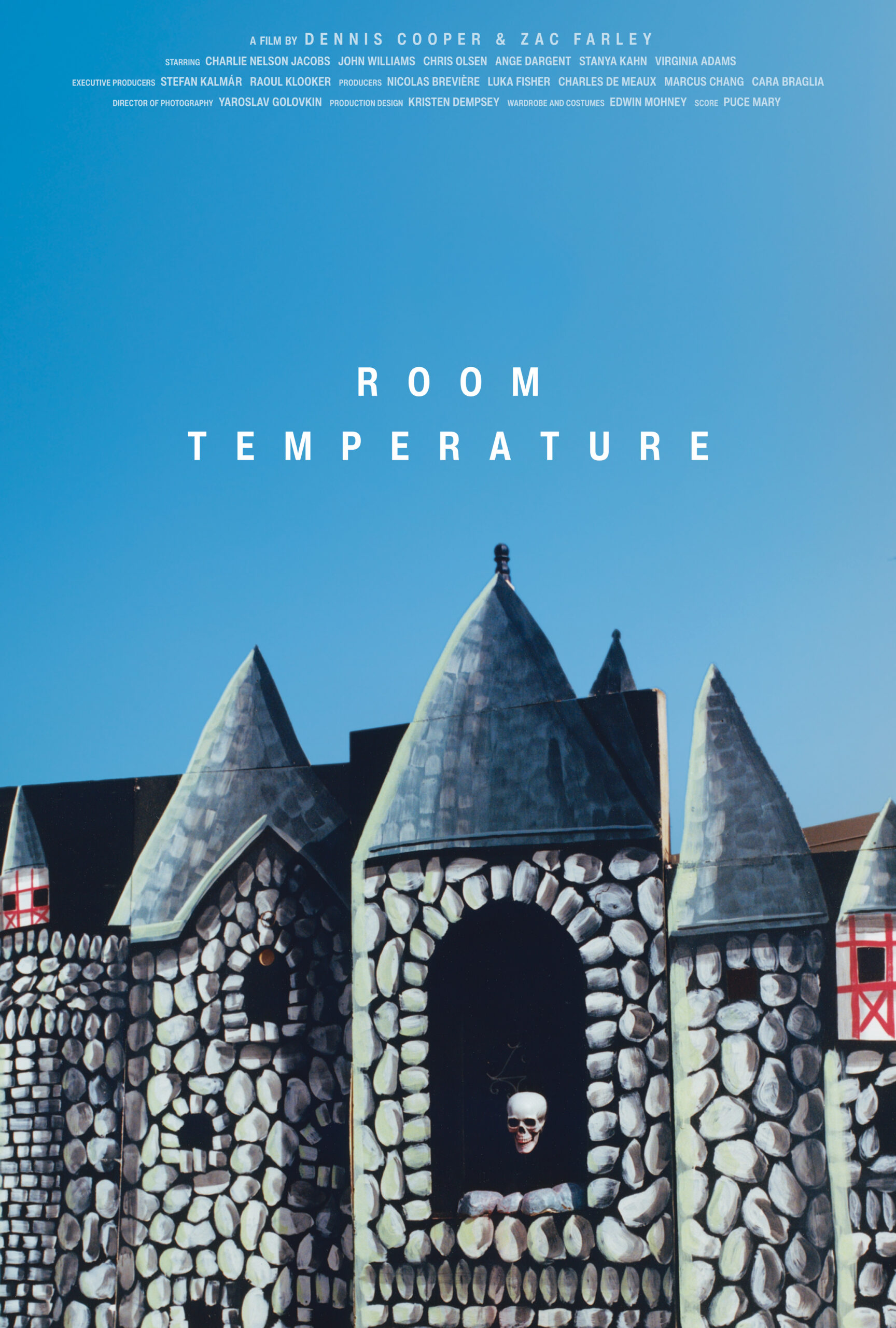



 Now available in North America
Now available in North America 